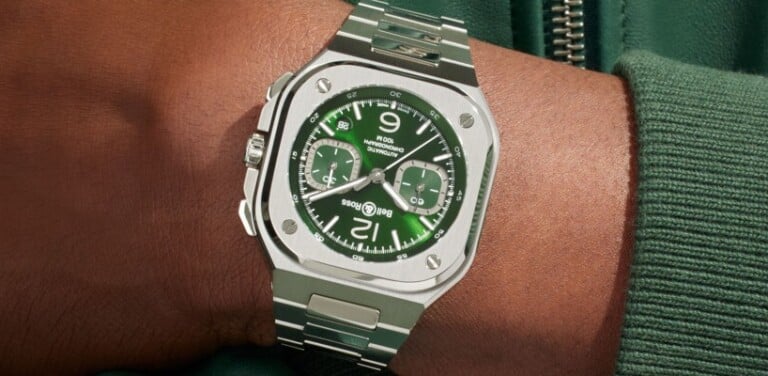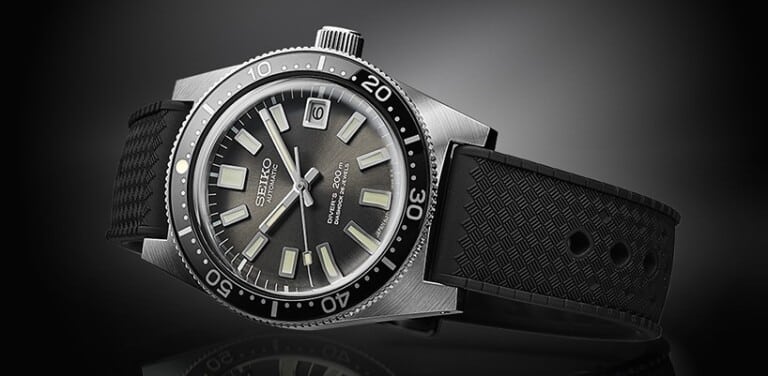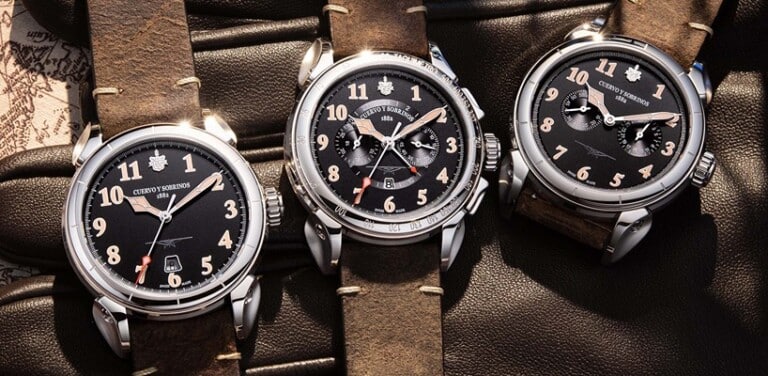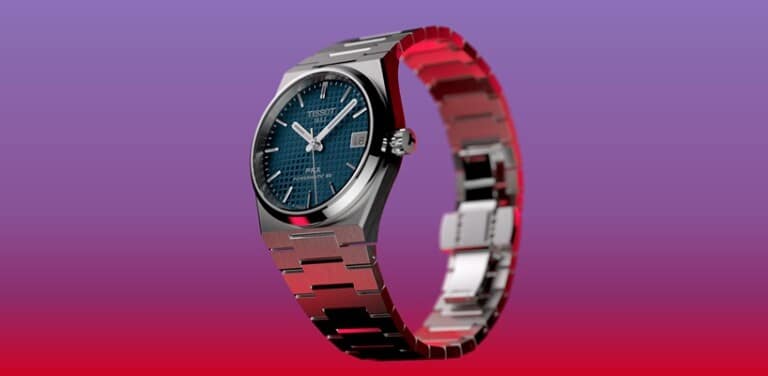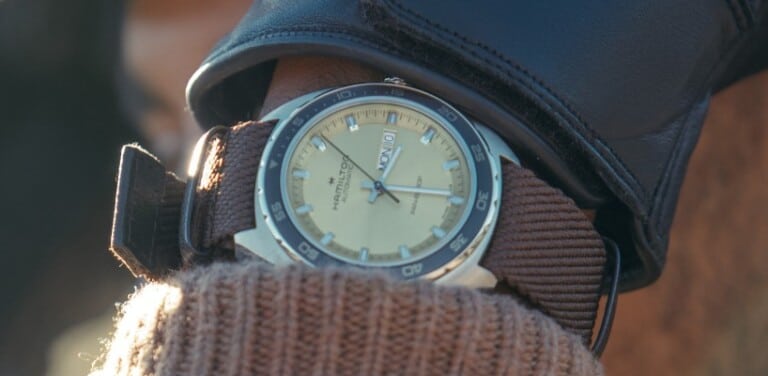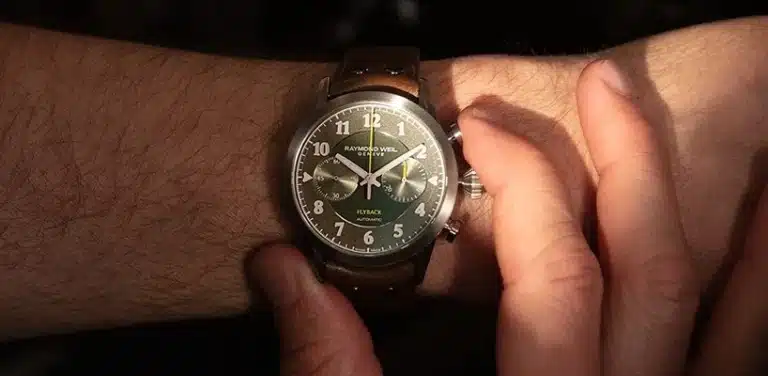Most luxury watches that you see today are perfectly capable of being caught in the rain without raising any cause for concern. However, if you are looking to expose your watch to anything more than this, we highly recommend you read this handy Watch Water Resistance Guide.
There is actually quite a lot of misconception surrounding what watch resistance is, with many people making the mistake that a 100 metre water resistant watch can survive going 100 metres underwater. However, this is not the case. Instead, a watch’s water resistance is based on the pressure the watch can withstand rather than the distance it can go.
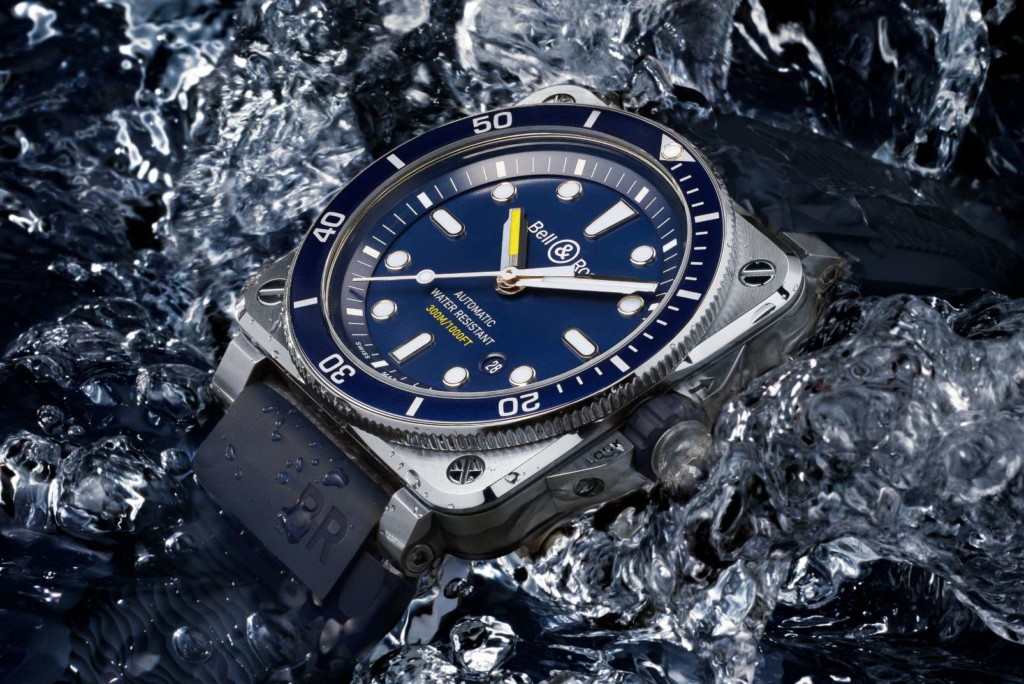
There are many factors that can affect the suitability of a watch in water from the activity it endures to the type of water it is in. For example, water that is constantly moving like that of a shower or an ocean will create greater pressure than still water. The actions of the wearer are also taken into account since pushing and pulling the timepiece through water can also affect the watch’s ability to survive. For example, if you were to dive into a pool, the pressure on the watch is greater at the impact point with the water.
What is the water resistance of my watch? And what can I do with it?
Most watches display the water resistance on the dial or case back. However, if you are struggling to identify the water resistance of your watch, we recommend you check your manual or contact the manufacturer.
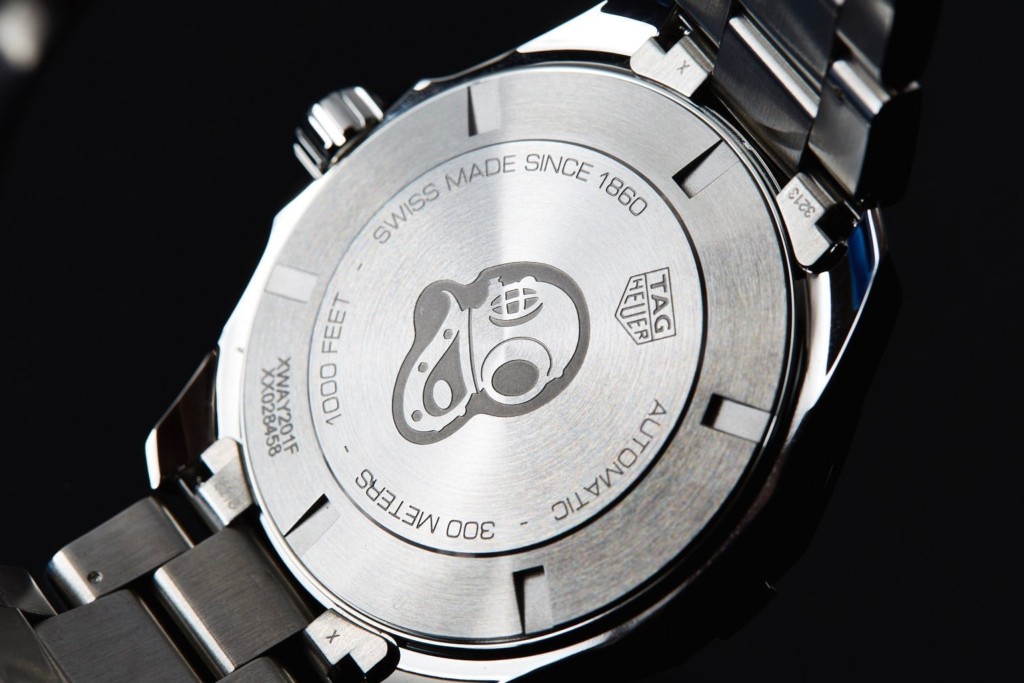
Once you have confirmed the water resistant rating of your timepiece, it is then important to understand which activities are suitable. In the handy table below, you can see what activities are considered safe for your watch. For example, if your watch is no more than 50 metres water resistant, we don’t recommend you wear it in the shower or while shallow swimming. However, if you have a watch that is 1,000 metres water resistant or more, your timepiece should be able to withstand the pressures of deep sea diving.
Please note that this chart is just a guideline and is based on a timepiece that is well looked after and serviced regularly. We also always recommend checking the rating with the watch manufacturer directly.
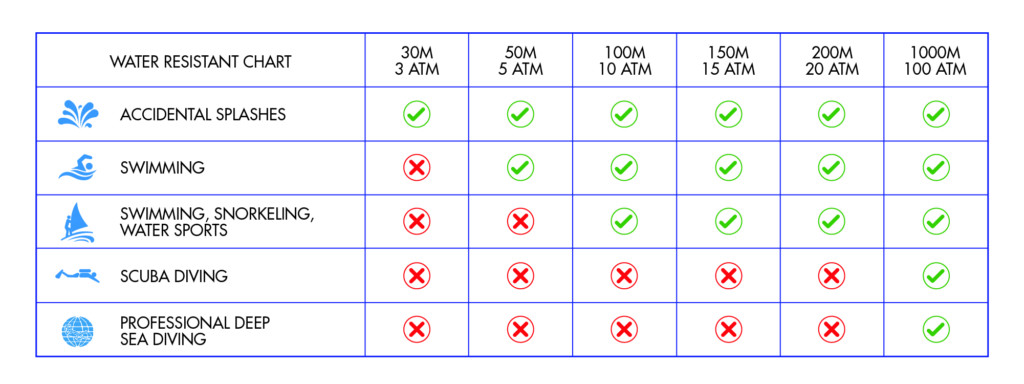
Maintaining your watch’s water resistance
No matter what type of watch you have and the rating of water resistance it is given, there are several things you can do to ensure it remains working perfectly. One of the key things we suggest, is getting your watch serviced regularly. Whether you have an automatic or quartz watch, get the movement serviced or changed on a regular basis to keep things working at their best.
We highly recommend that you never attempt to open up your watch while you are near water and never pull out the crown to change the time while submerged, unless the watch is especially designed to do so. This type of exposure could badly damage the movement inside and could result in a costly repair!
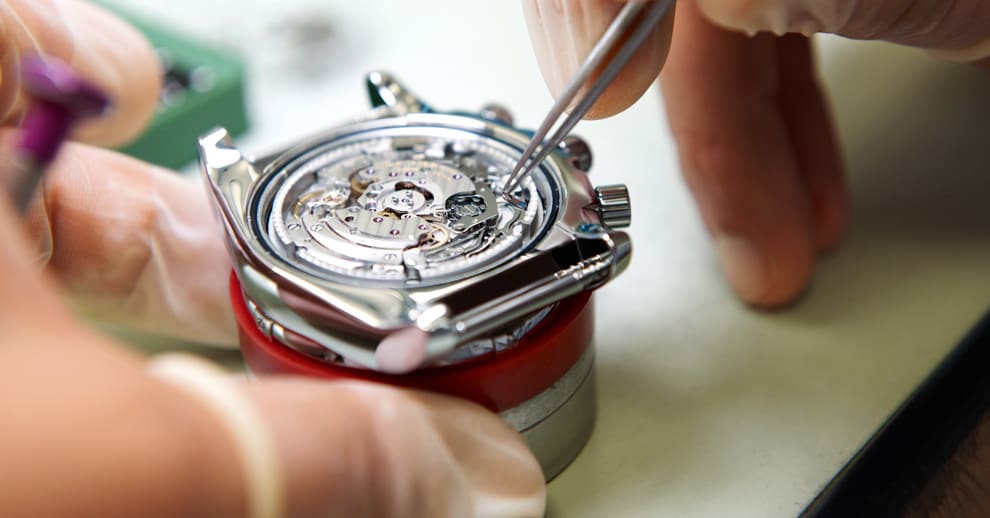
If your watch is able to withstand activities like swimming or diving, we also recommend rinsing your watch with fresh water afterwards and then drying thoroughly to prevent the build up of corrosive salt and chlorine. We recommend doing this with watch straps as well, particularly leather and steel bracelets since these are less resistant to water compared to straps made of rubber.
Last but not least, keep in mind that although your watch may be resistant to certain pressures of water, it may not be resistant to other substances such as soap, shampoo or extreme heat. We recommend you remove your watch before entering any hot showers or saunas since this can cause the seal within the watch case to expand and allow water droplets to get inside. This can also be the case with soaps and shampoos which could damage both the exterior and interior of the watch.
If you have any other questions surrounding watch water resistance, don’t hesitate to get in touch with us. We have an incredibly talented team of watch specialists on hand to answer all your questions.
